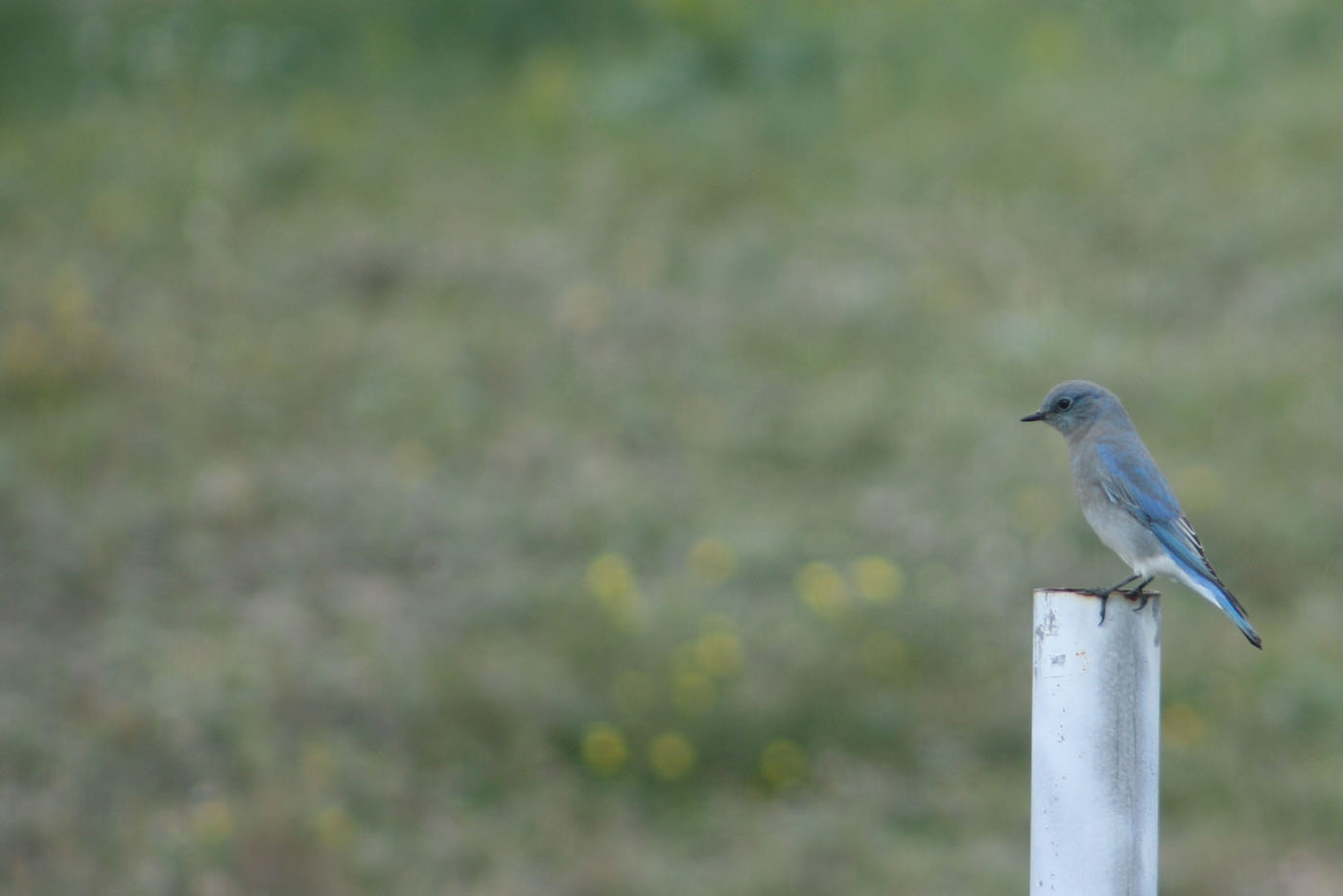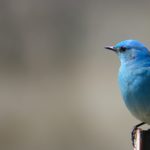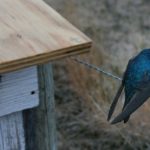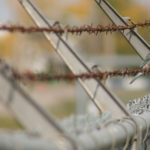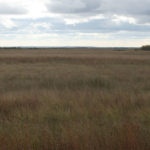Monitoring and Maintaining Bluebird Trails
- Getting Started
- Take Time to Learn More.
- Information about Hantavirus.
- Monitoring Lines.
- Maintenance and Monitoring Schedule.
- Equipment List.
- Books and Boxes.
Getting Started
- Start with one Bluebird line to monitor and maintain.
- Keep it fun and interesting. Each and every nesting box is important to providing a safe nesting habitat.
- Have a read through NA Bluebird Society’s Getting Started Factsheet
Take Time to Learn More
- Talk to an experienced “Bluebirder”.
- Visit the web for interesting sites.
- Utilize one of many resource books written about Bluebirds.
- Join Friends of the Bluebirds by contacting any executive member. See Contact List.
Hantavirus
Hantavirus is a serious disease contracted by humans from exposure to the droppings of several common rodents. Deer Mice have been proven to carry Hantavirus. You will find mice in nestboxes in the spring and fall especially near grain fields. A study of Deer Mice was done at Shilo Manitoba were 50% of captured mice had Hantavirus. One person at McAuly, and one person from Hamiota died from Hantavirus. And in Minnedosa a young man almost died after contracting Hantavirus. Therefore before encountering mice in nestboxes it is a good idea to be aware of Hantavirus and the precautions which can help prevent getting it. (more/pdf file)
Monitoring Lines
Monitoring Your Nestboxes: The number of times the line is monitored is up to you. The essential requirement from the bluebird’s point of view is the spring clean-out and repair of boxes. Cleaning out boxes helps reduce nest parasites and keeps the level of nest material low. In the spring, there are almost always a few lids that need replacing and a few mice to be evicted. Since part of the fun of looking after a line lies in the finding out what success you have had and what is using your boxes, several visits during the nesting season are recommended. Three monitoring visits, if carefully timed, should give information on both nestings of bluebirds. Data sheets are provided for you to record your results and these are compiled annually for the area by the Friends of the Bluebirds. The following timetable may need adjusting in accordance with the spring weather:
Maintenance and Monitoring Schedule
- Mid-March to Mid-April – Spring cleaning and repair
- Mid-May to the third week of June – 1st nesting of bluebirds
- End of June-July – 2nd nesting of bluebirds
- September-October – Fall Clean-out
- Before November – Submit monitoring info to the Data Coordinator: Luc Gamache
Mountain Bluebirds spend 4-6 days nest building, then the female lays one egg per day for 5 or 6 days. Incubation takes 13-14 days. The nestlings remain in the nest from 17 to 21 days (It is best not to disturb the young birds after 14 days old or they may fly out prematurly). There is a period of about 4 days before the next clutch of eggs is started, often in the same nestbox.
Eastern Bluebirds tend to arrive a bit later than the Mountains and usually have a slightly smaller brood (4 or 5) which develops a bit faster.
Equipment List for Monitoring
- hammer
- nails (various sizes)
- screws
- spare box lids (for repairs)
- Screw drivers(various types)to open boxes and scraping tool to clean out boxes.
- A 6″ ruler ( to measure hole size)
- wood rasp to enlarge hole if necessary.
- Stool for checking hard to reach boxes.
- Clipboard with cover is best and pencil for records.
- Paint to apply box numbers( a tube of artist’s oil is easy to carry and no brush necessary).
- Face mask
- gloves
- disinfectant- a freshly made 10% Javex solution (For protection against Hantavirus disease).
- Binoculars
- bird book
- coffee
- lunch.
Books and Boxes
More information can be found in “The Bluebird Book” by Donald and Lillian Stokes. For a comprehensive list of books see the NABS Catalog or Sialis.
Bluebird boxes are available through both Ken Barclay: (204) 728-3154 and Herb Goulden: (204) 728-8370.
